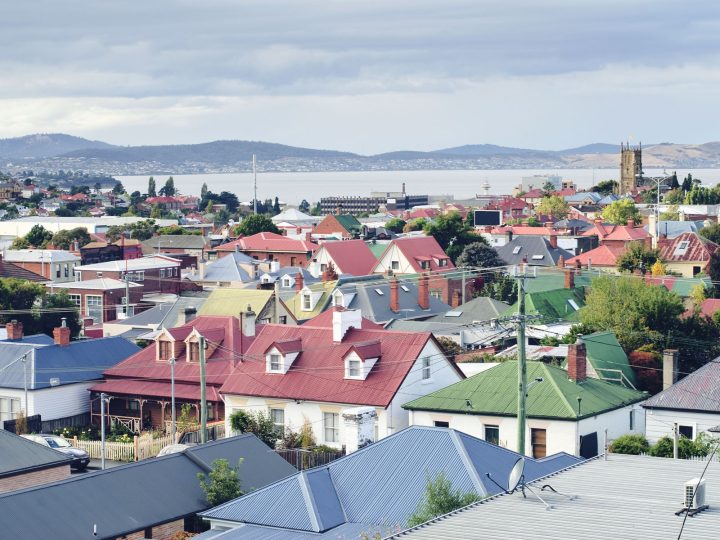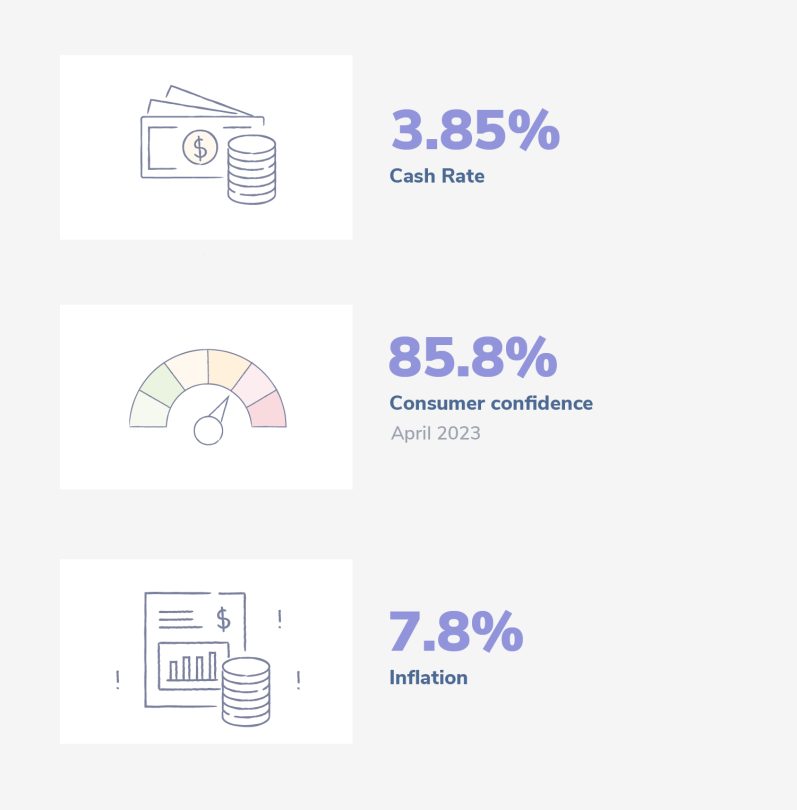October 6th, 2022
5 Questions to ask before buying a fixer-upper
Guides
Market insights

If you’re looking to invest in the Australian property market or currently have a property or two in your portfolio, read on below to find out how the market is performing in May.

As of now, there are 32,814 residential properties available for rent across Australia. The vacancy rates in Sydney and Melbourne have remained unchanged at 1.3% and 1.1%, respectively. However, the number of vacant properties has risen in Brisbane, Perth, and Hobart.
In March, there was a slight increase in rental vacancy rates in the CBDs of Sydney, Melbourne, and Brisbane. Specifically, the rates rose to 3.1%, 2.3%, and 1.3%, respectively.
There has been a significant increase in regional rental vacancy rates, indicating a reverse population flow back to cities. In February, the North Coast NSW rental vacancy rate was 1.4%, but it has now risen to 1.6%. Similarly, the Blue Mountains saw a rise to 2.0%, which is the highest vacancy rate recorded in the region since April 2020. The Gold Coast Main rental vacancy rate also rose to 1.1%, the highest level recorded since October 2021.
Between the period of the past 30 days and 12 April 2023, there has been a further 2.1% increase in asking rents for capital cities, with a 12-month increase of 21.8%. Specifically, house rents in capital cities have risen by 1.9%, recording a 12-month increase of 18.6%. Unit rents have increased by 2.3% in the past 30 days, and 25.8% in the past 12 months.
The national median weekly asking rent for a dwelling is $568, while for capital cities it is $661. The median rent for a capital city house is $758 a week, and for a unit it is $576 a week. Sydney houses have the highest rent at $962 a week, while Adelaide units are the most affordable at $406 a week.
Only Hobart recorded a decline in rents for the month, with a 1.8% drop for combined dwellings.
SQM Research released new figures today indicating a 9.0% decrease in national residential property listings in April. This is a decrease from 249,404 in March 2023 to 227,020 properties. The decline was driven by a 20.2% decrease in new listings and a 3.6% decrease in old listings.
All cities experienced a decline in total listings for the month. Sydney had the largest decrease in listings at 12.9%, while Melbourne, Brisbane, and Adelaide experienced decreases of 12.4%, 11.0%, and 10.2%, respectively.
Louis Christopher, Managing Director of SQM Research said, “April is typically a month that does record falls in listings activity, primarily due to the multiple public and school holiday periods. That said, the falls appear to be greater than normal for this time of year. The corresponding large falls in new listings combined with an uncharacteristic fall in older listings suggests some vendor caution selling at this point in time. And those vendors who are on the market want more for their property as asking prices rose again for the month, though we note weakness in the regions.”
In April, the number of new property listings (less than 30 days old) across the nation decreased by 20.2%, with 60,457 new listings added to the market. This decline was particularly significant in Sydney, Hobart, and Melbourne, which experienced decreases of 23.8%, 23.5%, and 21.4%, respectively. Additionally, new listing numbers for other cities were also lower than those recorded in April 2023.
Meanwhile, older listings (properties that have been on the market for over 180 days) continued to rise, except for Hobart, with a 3.6% decrease in April. All cities, except for Hobart, recorded declines in older stock.
Despite previous trends, national vendor asking prices have risen for the second consecutive month, this time by 0.2%. Asking prices for both Melbourne and Sydney rose by 0.6%. Perth, however, had the strongest increase, with asking prices rising by 1.7% and 1.4% respectively.
About the data:
The findings in this report are based on the latest insights from SQM Research as of 3 May 2023. SQM Research is an independent investment research institute that specialises in providing accurate property market data. It is operated by one of the country’s leading property analysts, Louis Christopher.
Disclaimer:
Buyers and investors should consider conducting their own research and seeking professional advice before making any property purchases. The information enclosed has been sourced from SQM Research and the Reserve Bank of Australia and is provided for general information only. It should not be taken as constituting professional advice.
PropertyMe is not a financial adviser. You should consider seeking independent legal, financial, taxation, or other advice to check how the information relates to your unique circumstances.
We link to external sites for your convenience. We are selective about which external sites we link to, but we do not endorse external sites. When following links to other websites, we encourage you to examine the copyright, privacy, and disclaimer notices on those websites.